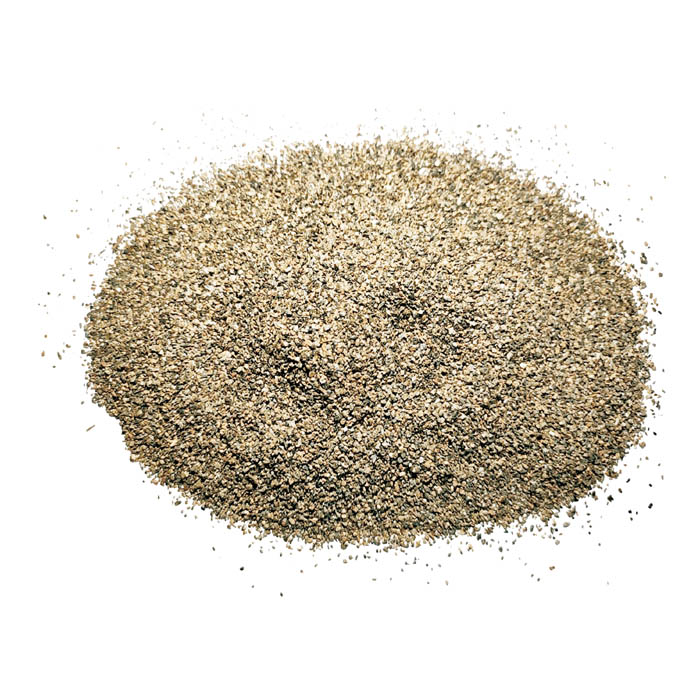Oct . 05, 2024 12:21 Back to list
high quality cold heading wire
High Quality Cold Heading Wire A Cornerstone of Precision Engineering
Cold heading wire is a critical component in various industries, particularly in the manufacturing of fasteners and formed parts. As technological advancements continue to evolve in the production of high-quality materials, cold heading wire stands out due to its remarkable properties and versatility. In this article, we will explore the importance of high-quality cold heading wire, its production process, applications, and the advantages it offers to manufacturers.
Understanding Cold Heading
Cold heading is a process used to create fasteners and similar components by deforming metal wire at room temperature. This method utilizes high pressure to shape the wire into desired forms without the need for heating, thus preserving the material's structural integrity and enhancing its mechanical properties. The wire is subjected to cold working, which increases its strength and hardness, making it ideal for use in environments where durability is essential.
Characteristics of High-Quality Cold Heading Wire
High-quality cold heading wire is characterized by its precise diameter, consistent mechanical properties, and exceptional surface quality. The wire is typically made from carbon steel, alloy steel, or stainless steel, each of which offers different benefits depending on the application. The manufacturing process ensures that the wire has minimal surface defects, clean edges, and uniform tensile strength, which are all vital for producing reliable and high-performance components.
Production Process
The production of high-quality cold heading wire involves several steps
1. Material Selection The choice of raw material is crucial, as it affects the final properties of the wire. Steel grades are selected based on the desired application, with considerations for strength, corrosion resistance, and ductility.
2. Wire Drawing The selected steel is drawn through a series of dies to achieve the desired diameter. This process not only shapes the wire but also enhances its tensile strength.
3. Annealing The wire may be subjected to an annealing process to relieve internal stresses and improve ductility. This step is particularly important for ensuring the wire can be easily formed into complex shapes during cold heading.
4. Quality Control Stringent quality control measures are implemented throughout the production process. This includes testing for dimensional accuracy, tensile strength, and surface quality to ensure the wire meets industry standards.
5. Packaging Once the wire passes quality control, it is spooled or packaged appropriately for shipment to manufacturers.
high quality cold heading wire

Applications of Cold Heading Wire
High-quality cold heading wire is essential in numerous applications across various industries
- Automotive Fasteners such as bolts, nuts, and screws are critical for automotive assembly. The strength and reliability of these components directly impact the safety and performance of vehicles.
- Aerospace In aerospace, precision components made from cold heading wire are used in engines, fuselages, and landing gear. The materials must adhere to strict safety standards and undergo rigorous testing.
- Construction Cold heading wire is used to create various fasteners and anchors that secure building structures, ensuring stability and safety.
- Electronics Many electronic devices rely on high-precision components made from cold heading wire, which ensures durability and performance in compact designs.
Advantages of High-Quality Cold Heading Wire
1. Strength and Durability The cold heading process enhances the strength of the wire, making it suitable for heavy-duty applications.
2. Cost-Effectiveness Producing components from cold heading wire can be more cost-effective than other methods, especially in high-volume production scenarios.
3. Customization Manufacturers can easily customize the wire to meet specific requirements, including diameter, material composition, and mechanical properties.
4. Reduced Waste The cold heading process typically results in less material waste compared to traditional forging methods, contributing to more sustainable manufacturing practices.
Conclusion
High-quality cold heading wire is fundamental to precision engineering and plays a pivotal role in a myriad of applications across various sectors. Its exceptional properties, derived from a meticulous production process, enable manufacturers to produce reliable and durable components essential for modern technology. As industries continue to demand higher performance materials, the significance of high-quality cold heading wire will undoubtedly expand, driving further innovations in engineering and manufacturing.
-
First Bauxite Exporters | AI-Optimized Supply
NewsAug.01,2025
-
Low Nitrogen Graphitized Petroleum Coke Supplier
NewsJul.31,2025
-
Premium Vermiculite Soil Exporters - Boost Plant Growth
NewsJul.31,2025
-
Premium Building Material for Round Wall Exporters, Manufacturers & Suppliers
NewsJul.30,2025
-
Top Carbon Petroleum Coke Exporters – Reliable Quality & Fast Delivery
NewsJul.30,2025
-
Premium Building Material for Round Wall Exporters – Durable, Versatile Solutions
NewsJul.29,2025
